The installation of an out-of-parlour sorting gate controlled by heat detection and health monitoring collars has transformed the way the spring-calving herd at Berth Bach in North Wales is managed. With cows automatically segregated for AI, routine management or medical interventions, Mathew Jones and his team now have more time to concentrate on other aspects of herd management and ensuring each cow is served on time to maintain the farm’s 10-week calving window.
Berth Bach is part of the Plas Newydd estate near Denbigh. The 140-hectare farm is home to 430 spring calving cows producing 5,600 to 5,900 litres per lactation at 4.9% butterfat and 3.84% protein. The land and buildings are owned by Anthony Griffith, but the farm is managed day-to-day by Mathew Jones on a contract farming basis with Rhodri Ellis: Mathew oversees the farm’s grazing platform and purpose-built dairy infrastructure as well as managing all labour resources.
“The farm is based on a typical spring block calving system with a mixture of Friesian and Jersey genetics producing cows with excellent fertility and health traits and which are capable of producing good milk solids from a completely grass-based diet,” Mathew explains.
“But, unlike the majority of spring herds which start calving in February, because our organic soils don’t produce as much grass in early spring, we don’t start calving until 10th March.”
Originally a staunch follower of the New Zealand style of herd management in its purest form – a low input, low output model with a basic farm infrastructure and little to no technology involved in managing the herd – Mathew has, over the last two years, introduced a herd monitoring system to improve heat detection and automate the segregation of cows for breeding, routine management or medical interventions.
“When the farm converted from arable to dairy in 2020, there was almost no technology being used and just a very basic infrastructure,” Mathew explains. “A new cubicle shed and self-feed silage pad were built to house the herd during the winter months, and we installed a 24:48 herringbone parlour with a circular collecting yard and some basic handling facilities.
“The only notable technology was a water-driven backing gate in the collecting yard. Since then, we’ve moved things forwards to improve fertility scores and to ensure everything calves within a strict 10-week timeframe, with the entire herd now being monitored 24/7 by SenseHub collars which also control a SenseHub sorting gate.”
The collars and sorting gate were installed after the parlour was extended to create a 40:80 facility.
“We added the extra milking points at the front of the existing parlour which meant we lost the space where the parlour’s original manually operated sorting gates were located,” Mathew continues. “We therefore needed to come up with an alternative system to allow us to segregate cows for AI during the herd’s mating season which starts at the beginning of June.”
In the interest of saving space and eliminating the need to sort cows manually, Mathew opted to install a pneumatically operated sorting gate.
“To future-proof our investment, we bought an Allflex (now SenseHub) gate as it is fully compatible with the SenseHub collars we’d installed at the start of the 2024 mating season. Having used it for 12 months, I can honestly say that it and the collars are the best investment we’ve made since we started milking.”
Since the SenseHub system was installed, the herd’s empty rate at the end of the 10-week breeding window has fallen from 12% to 5%, with 78% of cow’s in-calf after three weeks. With such high fertility figures, a stock bull isn’t required to catch empty cows, meaning less expense, and no time spent managing and handling temperamental animals.
“The SenseHub system is spotting 10% more heats that we could when we were using tailpaint to identify bulling cows, including silent heats,” Mathew adds, “and we’re now using it to decide when each cow should be inseminated. If the system says a cow is in heat and ready to be served, she’s automatically segregated from the rest of the herd after morning milking and inseminated straight away, no questions asked.
“And because the SenseHub app displays when each heat started and where the individual animal is in her breeding window, I can quickly and easily decide whether she should receive conventional or sexed dairy semen, or beef semen.
“It’s a more time efficient and less stressful way of managing the herd during the farm’s busy mating season, and because we’re no longer operating a manual sorting gate, we can just focus on making sure cows are milked to a high standard and protocols are followed properly at this busy time of year. Each milking is faster as a result and we no longer need a third person in the parlour to identify and sort bulling cows for the AI technician. And we’ve been able to stop our paddock checks for bulling cows which saves us time during the day to focus on other tasks.”
In addition to improving fertility scores and making the task of selecting cows for AI less time consuming, the SenseHub system also highlights health issues within the herd.
“By measuring how much time each cow spends eating and ruminating, and by monitoring her activity patterns, the SenseHub app can highlight any cows which aren’t at 100%,” Mathew continues. “It can’t tell us what is wrong, but receiving an alert each time a cow’s health index drops below a certain level gives us an early warning that something isn’t right.
“Usually, if we get a health warning during the first half of the lactation it’s because a cow is coming down with mastitis. Or, if it’s close after calving, it’ll be something like metritis from a dirty cleansing, or, on the very rare occasion, the first symptoms of a twisted stomach. The app has also highlighted symptoms in cows that have ingested a foreign object. Either way, we can investigate and put the necessary treatment in place to prevent what might start as mild symptoms from developing into a bigger health issue.
“It’s a more efficient, modern, and effective way of managing a spring calving herd. We didn’t set out with the intention of using technology to detect heats, sort cows or monitor the herd’s health, but now that we’re using the technology and it’s helped to improve our submission and conception rates, and made our lives easier, we wouldn’t be without it.”
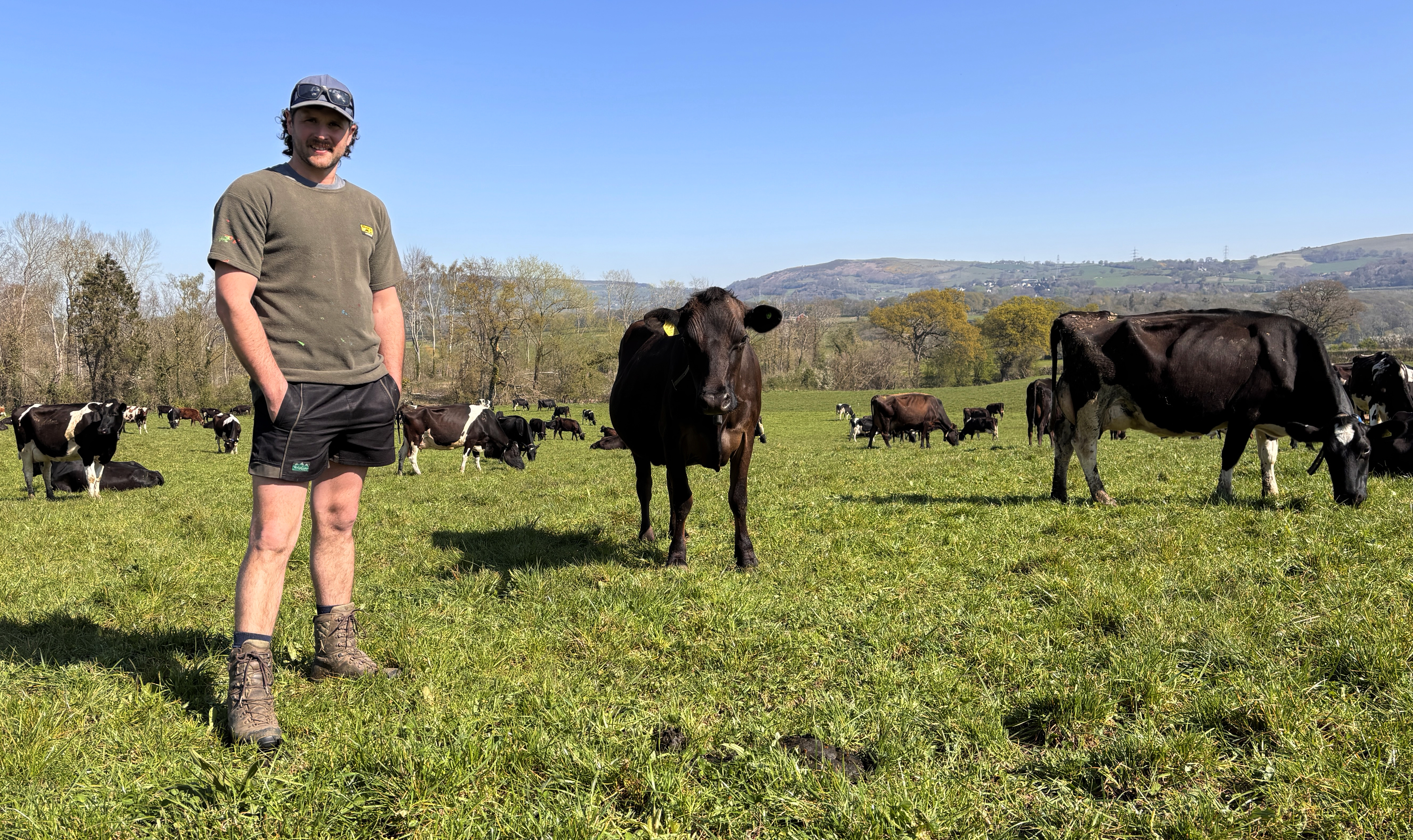
Using a herd monitoring system and automatic shedding gate is the modern way of managing a block calving herd according to Mathew Jones.
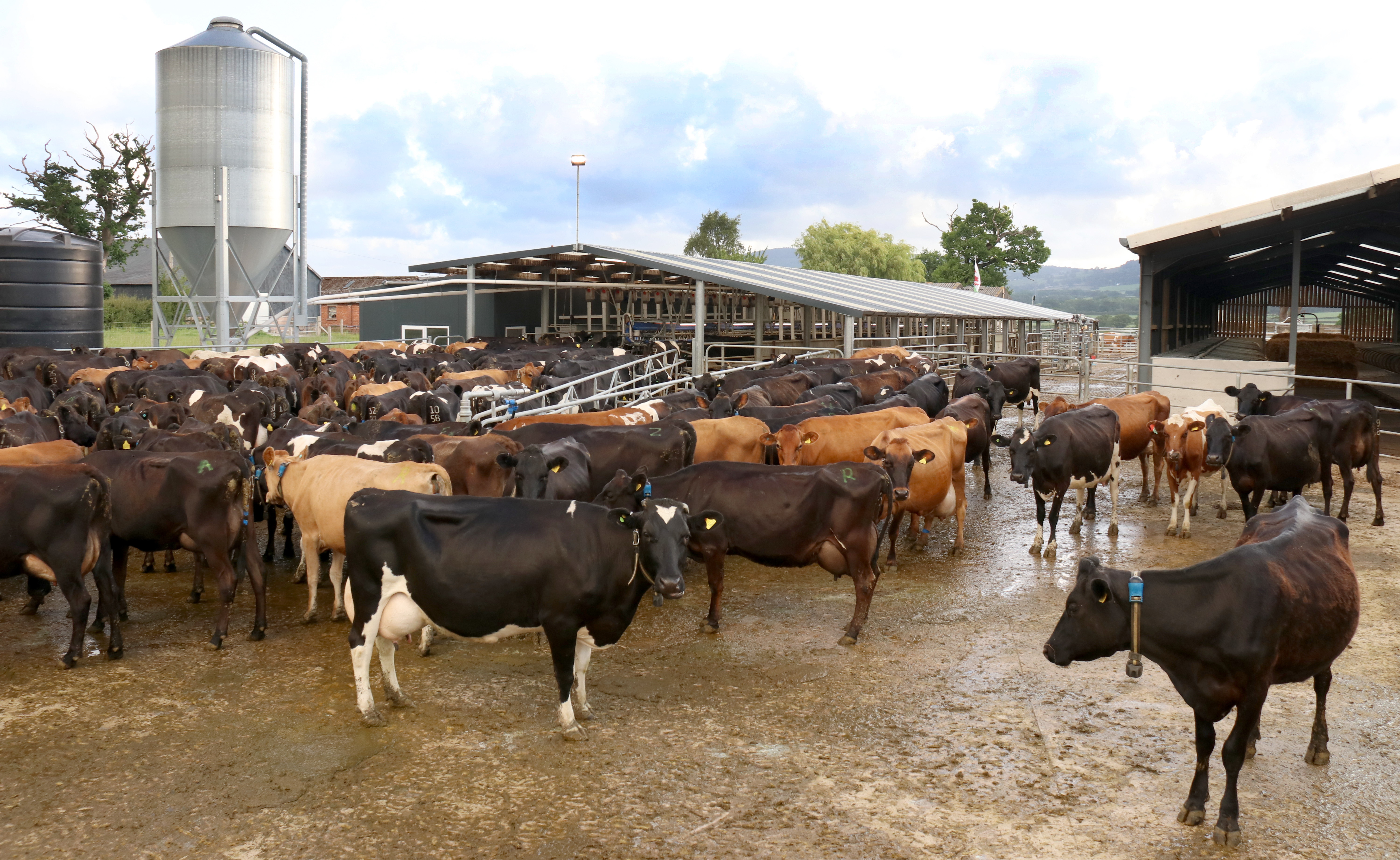
The organic herd calves in a 10-week window starting on 10thMarch. Since installing SenseHub, the herd’s empty rate at the end of the mating season has fallen from 12% to 5%.
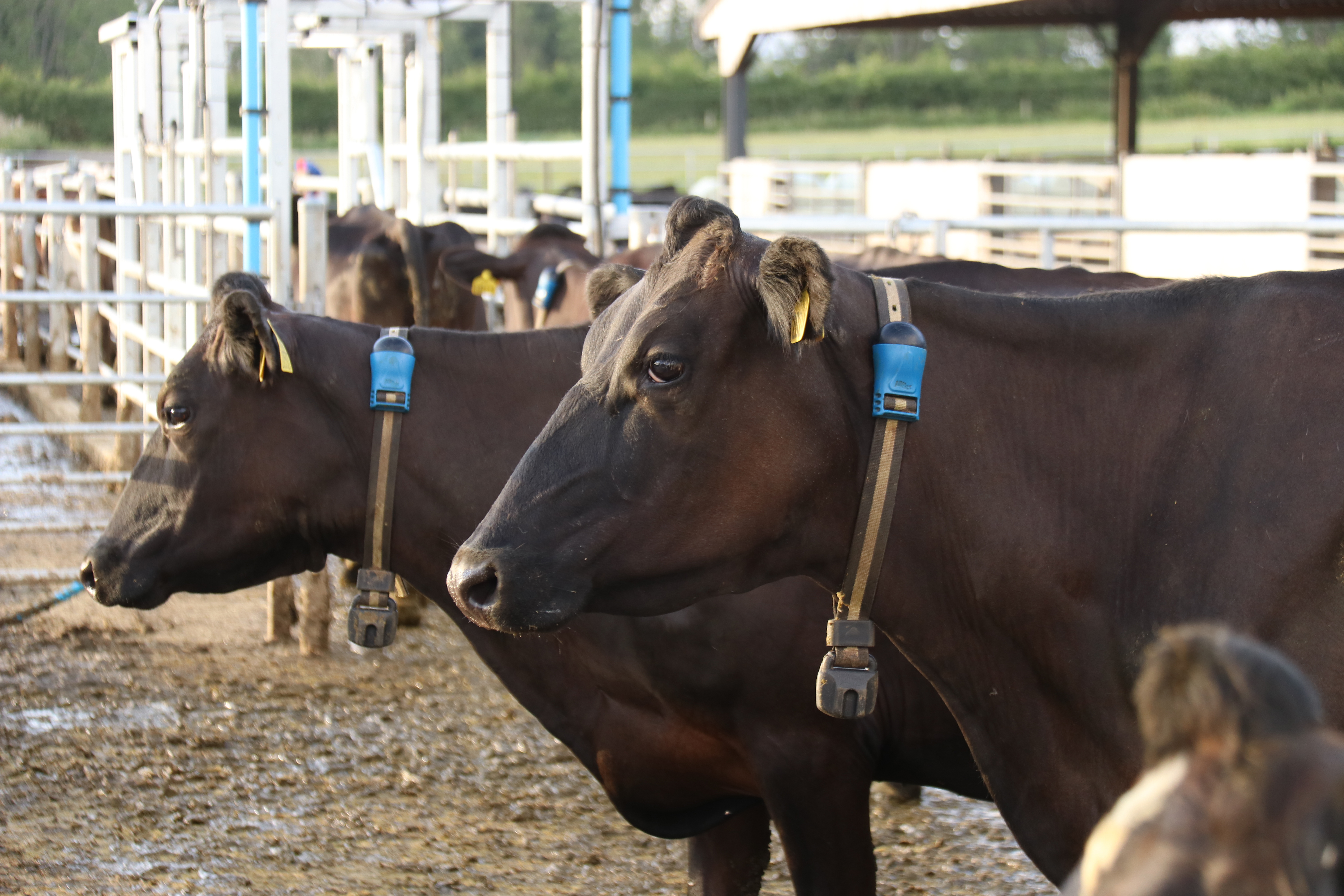
Cows wear a SenseHub collar which detects heat events, highlights underlying health issues, and controls the automatic segregation gate.
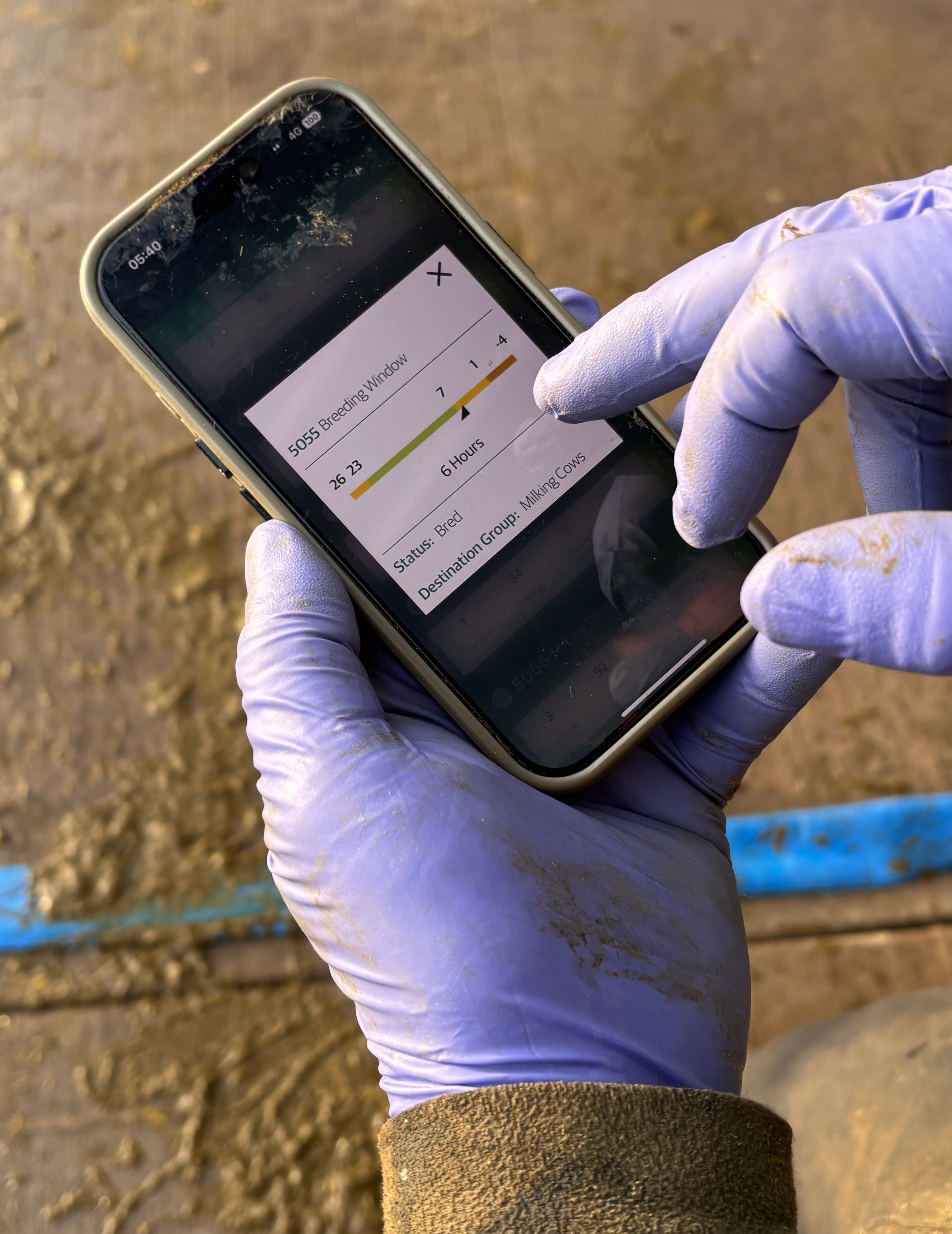
The SenseHub app gives a clear indication of where each cow is in her heat cycle, making it easy to decide if she should receive conventional or sexed, dairy or beef semen.
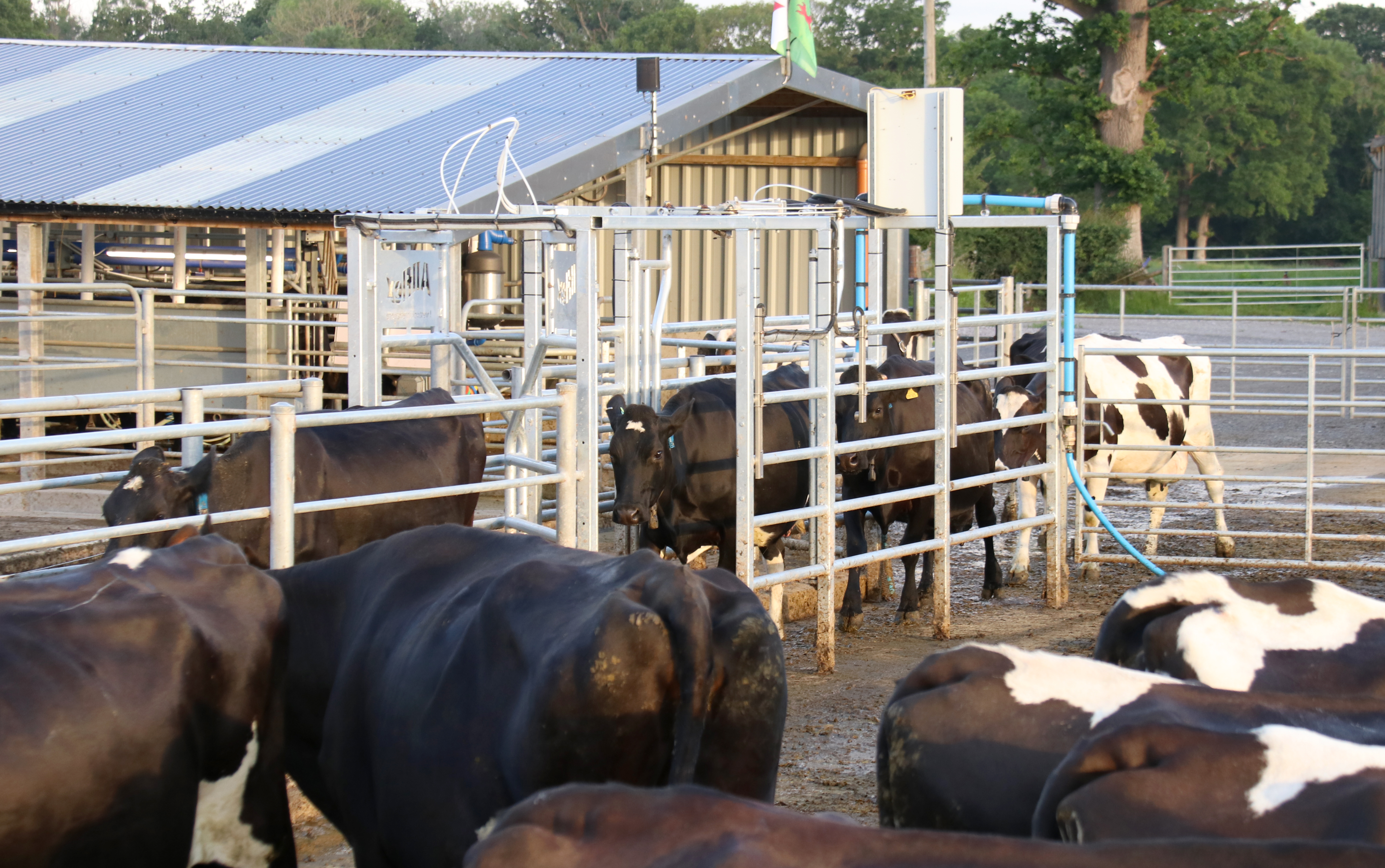
The Allflex (SenseHub) sorting gate has replaced the farm’s original, manually operated system.
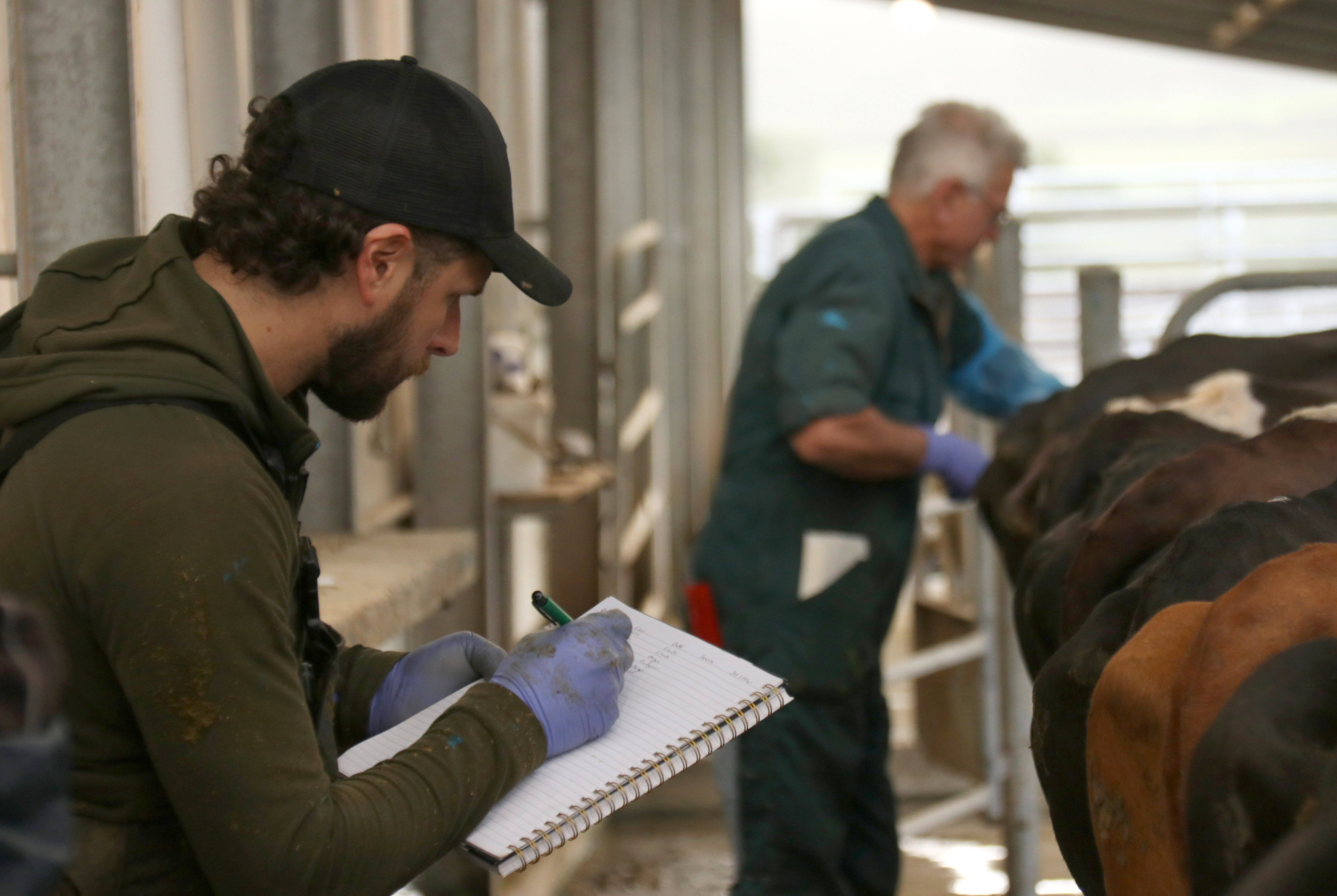
Cows are inseminated after morning milking, with cows in heat automatically selected and segregated ready for the AI technician.


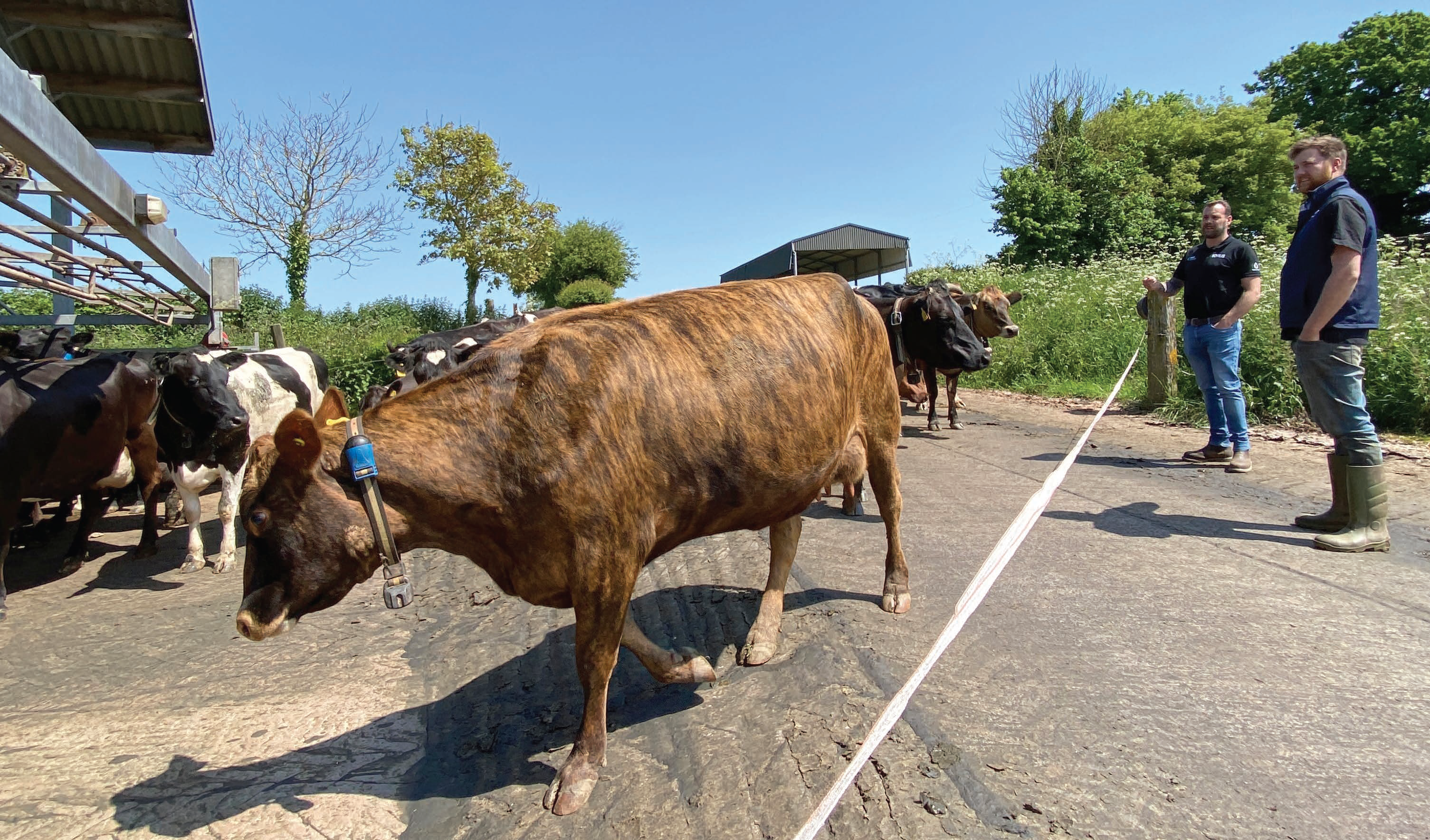
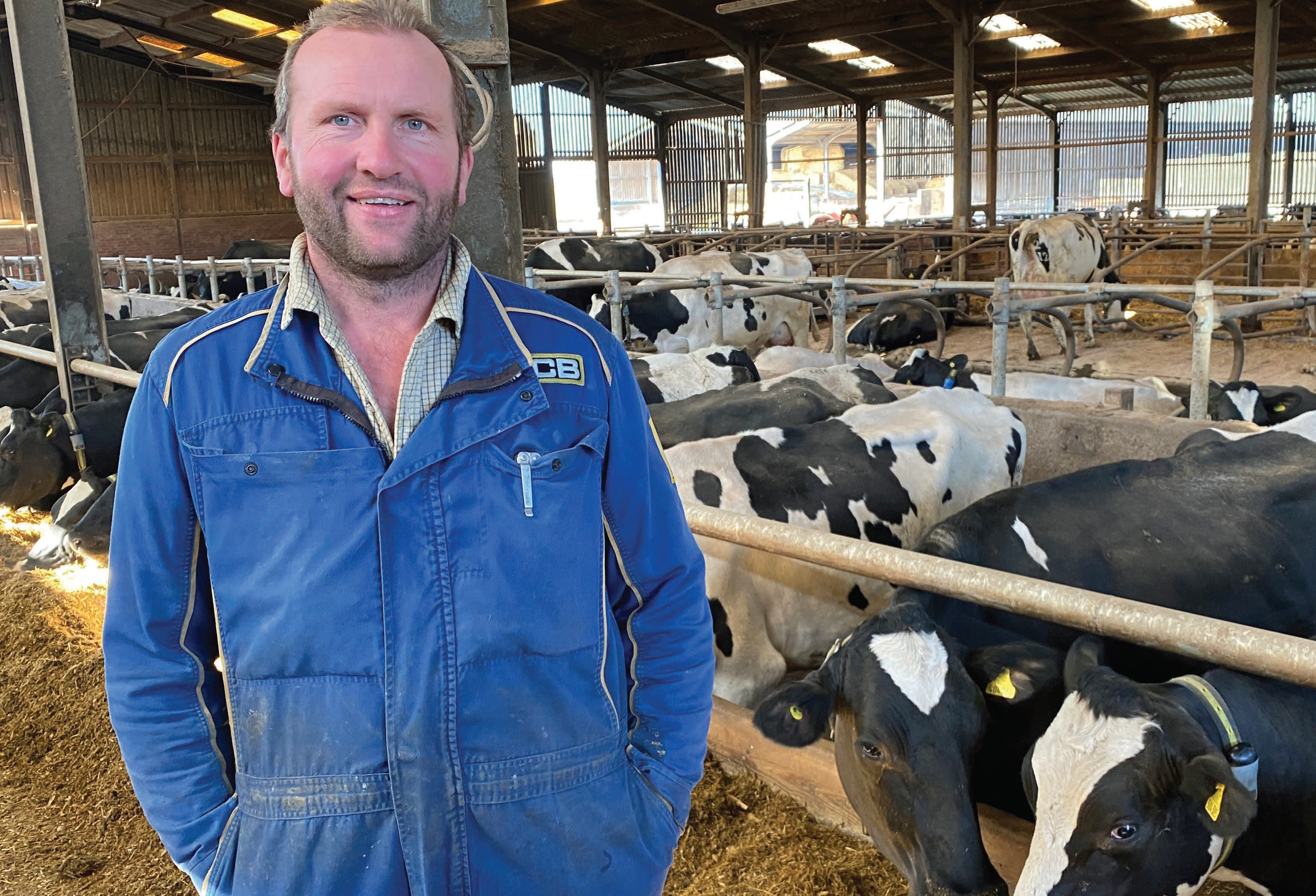

 Argentina
Argentina Australia
Australia Belgium (Dutch)
Belgium (Dutch) Brazil
Brazil Chile
Chile Colombia
Colombia Czech Republic
Czech Republic Finland
Finland France
France Germany
Germany Ireland
Ireland Italy
Italy Japan
Japan Mexico
Mexico New Zealand
New Zealand Norway
Norway Panama
Panama Poland
Poland Portugal
Portugal Spain
Spain Sweden
Sweden United Kingdom
United Kingdom Global
Global